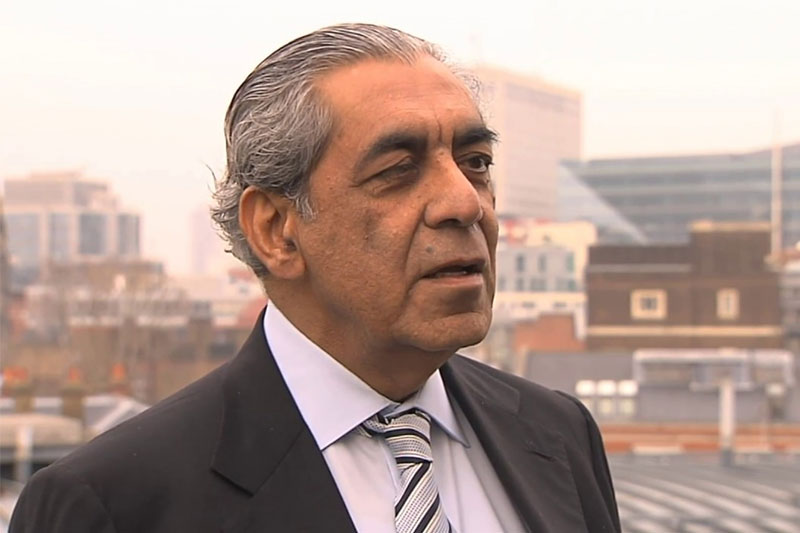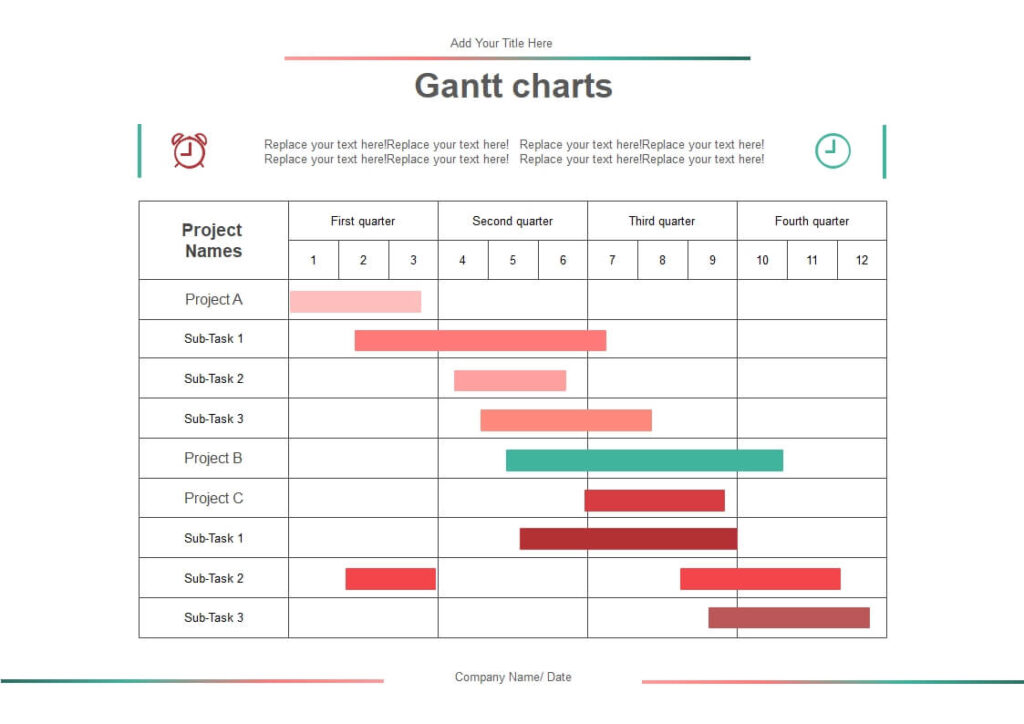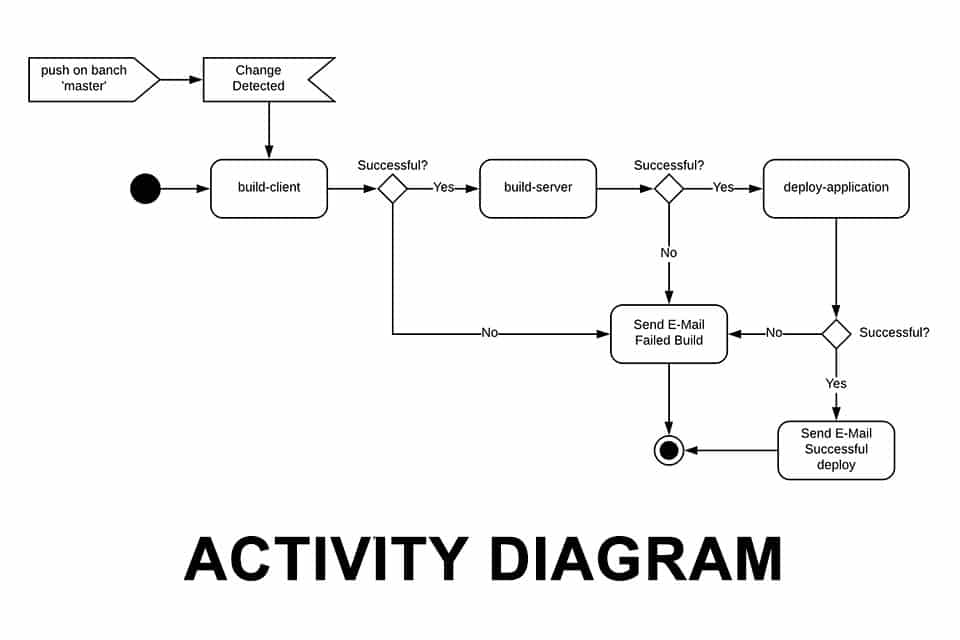Forty-Six Suo Moto Cases in Supreme Court from 1990 to 2021
Indian Supreme Court has sometimes taken up ‘suo moto’ cases without any interest or filed a petition.
Indian Supreme Court takes ‘suo moto’ cases sometimes. It means they take up these cases without any of their interest or filing a petition.
While this type of power is given by the s. 23 of Contempt of Courts Acts, 1971 For the court’s contempt, usage of a process in judicial review authority or writ has been new. It came into existence by relaxation of the procedure while considering PILS. The first example is considered in the case of Sunil Batra. Process for suo moto petition was made formal in 2014 by the adoption of Order 38, Rule 12(1)(a) in Supreme Court Rules, 2013.
Vasujith Ram and Marc Galanter take data from the time duration of 1990 to 2018, ‘Suo Moto Intervention and the Indian Judiciary,’ Chapter 4 in Rosenberg et al. (eds), A Qualified Hope (CUP 2019). This data is collected from many reports and there is suspicion of human errors in it. Mainly because until the 2010s, courts were not counting suo moto petitions separately. Data from May 2018 is taken from the website of the Indian Supreme Court. Here, we see the ‘suo moto’ awareness only in Court’s Review authority or writ. We look at the frequency & no. of cases from 1990-2021. Also, look at the nature of cases instituted from 1990 through 2021.
Total 46 Suo Moto
Court has started a total of 46 cases in this duration of time. These numbers are rising with the passage of time or over the years. One of the earliest cases was looked up in 1994, which addressed pollution in the Yamuna river, but it is still pending. It is interesting to know that one of the most recent cases of 2021 is about looking at the river’s pollution in more detail. The highest number of suo moto cases was in the year 2020, and the number was 10. It was mainly because of the Covid pandemic at that time. Within the first three months, there are already 3 new cases in 2021.
In the past 27 years, almost fifty percent of cases were taken-up only in the last three years. The steepest increase was seen in 2014 (4x from 2013) and 2019 (2.33x from 2018).
Almost 18 cases out of them are still pending, and it makes up forty percent of all cases. Some of them issue orders at ‘continuing mandamus’, which means these cases will endure open for reviewing situations & issue fresh orders instead of instituting the new case. The case of air pollution in Delhi is an example of it.
A shift is seen over time in the matters dealt with by the court in the suo moto cases.
Some cases deal with a ‘particular issue.’ It means issues that are basically found in nature, but their scope is limited only to one place. E.g., pollution in Delhi. Covid cases are also included in it, as 9 cases deal with the fallout of Covid.
‘Particular incident’ means an issue taken up by reference to an incident that involves a specific number of people. E.g., a case in which there was a fire in Tamil Nadu which killed twenty-five asylum inmates. From 1994-2014, sixty-one percent (11 out of 18) of total suo moto cases dealt with a particular incident. From 2015-2021, fourteen percent (4 out of 28) cases dealt with a particular incident.
‘Systemic Issues’ mean broader matters like the approach of criminal justice structure to cases of sexual violence. Sixty-nine (69) percent (9 out of 13) cases are dealing with these issues, which were initiated in 2015.
Need Help In Content Writing?
Do you want more advice? Do you have good practices to share? Express yourself in the comments.
Moreover, if you want any help in writing content to drive more traffic and boost conversions, get in touch through Contact our team.
Do you want any help writing quality content, driving more traffic to your website, and boosting conversions? You can contact me through my Freelancer.com profile also. I always prefer to work through Freelancer.com for smooth functioning. Here you pay safely and securely.
Read More:
SUO MOTO POWERS IN THE WRIT JURISDICTION | SOUTH ASIAN REVOLUTION?





















































